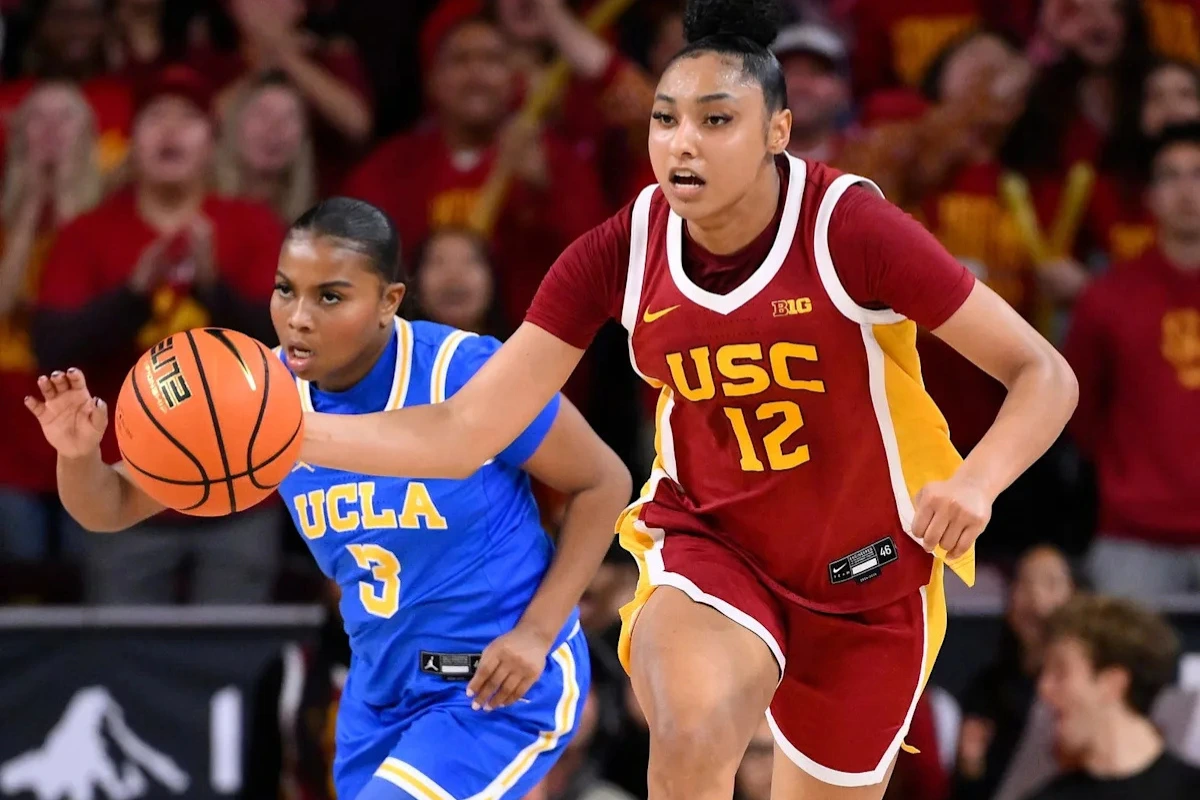Introduction
When March Madness rolls around, basketball fans across the nation tune in for thrilling NCAA tournament games. But have you ever noticed that women’s games are played in quarters, while men’s games are played in halves? Yep, you read that right. Let’s dive into why this difference exists and what it means for players, coaches, and fans.
Understanding the Basics
What are halves in basketball?
Halves mean the game is split into two periods, typically 20 minutes each in college basketball. This is what men’s NCAA games use, and it offers a continuous, flowing style of play.

What are quarters in basketball?
Quarters break the game into four segments, each lasting 10 minutes (in women’s NCAA). This is more in line with the NBA and WNBA’s professional look.
NCAA Men’s Basketball Format
Structure of men’s games
There is a 15-minute halftime break in between each of the two 20-minute halves of men’s collegiate basketball games. Teams receive timeouts and media stoppages, but there are no quarter breaks.
Historical background of halves in men’s NCAA
The half structure dates back to the early 1900s. At the time, it was meant to mimic the flow of amateur basketball and differentiate it from professional leagues.
NCAA Women’s Basketball Format
Structure of women’s games
Women’s NCAA basketball games consist of four 10-minute quarters. This change took effect in the 2015–16 season to improve the pace and excitement of the game.
When and why the change to quarters happened
The switch aimed to align women’s college basketball more closely with international (FIBA) and WNBA standards, create more natural stoppages, and reset team fouls at the end of each quarter to improve game flow.
The Reason Behind the Different Formats
Tradition and historical precedent
Men’s basketball has a deep-rooted tradition of halves, and change has often been resisted to maintain continuity.
Influence of professional leagues
Women’s college basketball adopted quarters partly to prepare players for the WNBA and international play, where quarters are the standard format.
Strategy and game flow differences
Quarters allow for more strategic resets, more opportunities to manage fouls, and potentially more balanced scoring.
How Format Affects Gameplay
Foul management and bonus free throws
In the women’s game, team fouls reset at the end of each quarter, affecting how teams play defense and when they reach the bonus. In men’s games, fouls accumulate over the half.
Timeout strategy
More breaks allow for adjusted strategies and rest periods, which can influence momentum swings.
Player fatigue and substitutions
Quarters can help manage fatigue since there are more natural breaks, leading to fresher legs and higher intensity.
Fan Experience and Viewership
Impact on audience engagement
Shorter segments can keep fans engaged by providing more “mini-climaxes“ throughout the game.
Commercial breaks and media timeouts
Quarters provide more natural spots for TV commercials, which helps networks but can frustrate some fans.
Coaches‘ and Players’ Perspectives
Adjustments in strategy
Coaches often need to adjust rotations and play-calling to accommodate varying segment lengths and stoppages.
Feedback from players
Many players appreciate quarters because they mirror what they’ll face in pro leagues, helping their long-term development.
The Debate: Should There Be One Format?
Arguments for standardization
Some argue a unified format would simplify things for fans and make transitions between men’s and women’s basketball smoother.
Arguments for keeping differences
Others argue that the differences add character and enable each game to maintain its own unique identity and traditions.
International Basketball Comparison
FIBA’s use of quarters
International basketball (FIBA) uses four 10-minute quarters for both men’s and women’s games, emphasizing consistency worldwide.
Lessons from global basketball
A uniform format globally helps players transition between leagues and competitions without major adjustments.
Impact on Youth and College Recruitment
Preparation for professional leagues
Women’s college players benefit from practicing in a format they’ll see in the WNBA and abroad.
Adaptation challenges for young athletes
Young men’s players might need time to adjust when moving to the NBA, which uses quarters.
The Role of Tradition in College Sports
Resistance to change
Tradition is a big deal in college sports. Many fans and programs value established norms and procedures.
Embracing innovation
On the other hand, some embrace change if it improves the game for players and fans.
Possible Future Changes
Discussions among officials
There are ongoing debates about possibly switching to quarters in men’s college basketball to match other leagues.
Potential fan reactions
While some would welcome the change, others might see it as unnecessary meddling with tradition.
Conclusion
The difference between halves and quarters in NCAA basketball might seem minor, but it has significant implications for gameplay, strategy, and player development. While women’s basketball has adopted quarters for a modern, international feel, men’s basketball continues to adhere to its traditional halves format. Whether or not this will change in the future remains to be seen, but for now, these differences add unique flavors to each game. Next time you watch March Madness, you’ll know precisely why the format looks different!
FAQs
Why did the women’s NCAA switch to quarters?
Reset team fouls after each quarter by WNBA and international regulations to enhance game flow.
Will the men’s NCAA ever adopt quarters?
It’s possible, but tradition is strong, and so far, no official changes have been announced.
Do the NBA and WNBA use the same formats?
In the NBA, each quarter lasts 12 minutes, whereas in the WNBA, it lasts 10 minutes.
How does the format affect TV broadcasting?
Quarters create more natural breaks for commercials, which is suitable for networks and advertising revenue.
Is there a big difference in strategy between halves and quarters?
Absolutely! Quarters allow for more strategic resets and force different approaches to foul and time management.